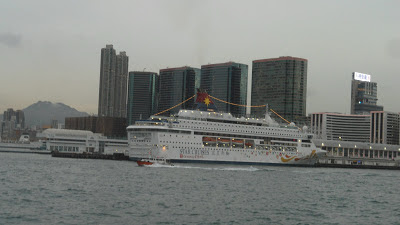I visited Seoul for a short training program this year in May, and while on the way back had an opportunity to spend few hours in Hong Kong (Thanks to the long transit hours). Well this was two months before the Korean hit 'Gangnam Style' was released. I came to know of Olympics and watched the first Olympic games in Television, when it happened in Seoul and at that time (1980's) never thought or even dreamt that I would visit it later in my life.
 |
| Namsan Seoul Tower |
 |
| King Sejong |
I found that people are generally helpful. Myself and my friends lost our way and a passer-by took us to the local traffic cop who dropped us at our Hotel. I also observed that people were widely using smart phones and relying on apps for many services.
Two things that are of concern to me was food and Language. For a vegetarian (different from vegan, as Milk and its byproducts are fine with me), its really tough to find vegetarian food / dishes. Also communicating with the people to ensure that a food item does not contain meat or fish was difficult. Communicating in English was a problem, many a times.
On the way back, I managed to spend few hours in Hong Kong. I roamed around the streets, saw a good number of Indian restaurants, spent some time in Dr. Sun Yat-Sen Museum, knowing about his life and traveled to the Kowloon Island through the Star ferry service - saw the Star-Cruise luxury ships on the way. In Kowloon, took a local bus to go and see Sky Towers, which was quite disappointing,(probably it would have been better in day times) and then took the Airport Express - Metro train connecting three islands - Hongkong, Kowloon, and Chep Lak Kok (An artificial island) to reach Airport.
 |
| Hong Kong Skyline |
